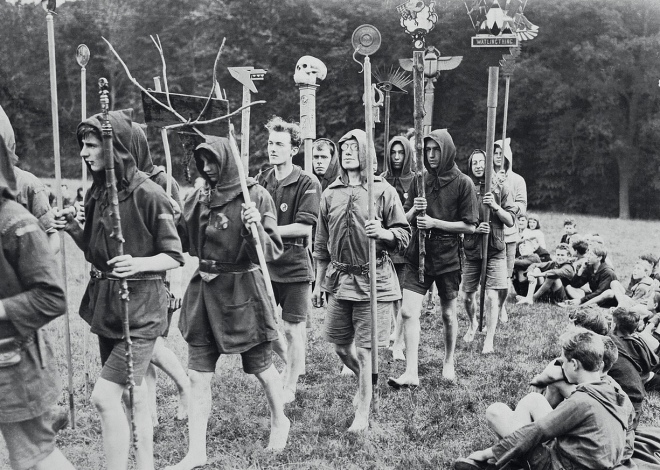On Friday the 5th I went into London to see the Scythians special exhibition at the British Museum. Going into this exhibit, I knew about as much about the Scythians as I think a relatively well-read non-specialist. I was familiar with some of the most famous finds and some of the various ancient textual references, but that’s about it.
I never feel like I can adequately talk about museum trip visits, because they’re so individual, so let me get away from narrative format and maybe just talk in list terms.
Good things:
The thing you can always rely on with one of these big British Museum exhibits is the collection itself. You’re going to get a lot of real marquee-value items in the exhibit. Here, for instance, we got to see the actual Pazyryk chief, which is pretty cool — even if you don’t really learn more from seeing the thing in real life than you do from the same diagram drawing of the tattoos that’s in every archaeology textbook ever printed.
Context is well-presented. You get a good amount of information on cultures that came before and after the Scythians, and you get some stuff on the context of the collections from the Hermitage that make up much of the exhibit. It is kind of weird that a lot of this information is repeated several times in the early part of the exhibition.
The Scythians are pretty cool. You get lots of interesting artefacts, from weapons and horse trappings to hemp-seed hotbox tents, human remains, clothing and even a couple of little lumps of cheese. It’s a good range of stuff.
I have discovered it’s pronounced SIH-thee-uns and will never have to wonder again.
Bad things:
One thing the exhibition did a lot was to create comparisons with Iranian, Chinese and Greek art of contemporary periods. It would have been nice to see some of those things in the exhibition as well.
The first half of the exhibition has a lot of “here is a gold ornament showing a panther attacking a deer. Here is a gold ornament showing a mythical predator attacking a deer. Here is a gold ornament showing a panther attacking a goat. I think panther fatigue set in, but then I got into the second area with the horse hats and hotboxes and things picked up again.
On a personal level, I always find these big crowd-drawing exhibitions tough. I went in the afternoon on a weekday, but that doesn’t matter to a tourist magnet like the British Museum (although I should probably not have waited until the last few weeks of the exhibition). Every cabinet basically had a continuous line of people in front of it, and it always feels like there isn’t really time to think or compare or do anything other than go “oh, interesting!” and then go on to the next thing. I am a big clumsy goof and I feel like a traffic obstacle at the best of times, so that didn’t help. So part of it is that honestly the experience of going to a marquee-value exhibition is not as enjoyable for me as it might be, largely for the same reasons that make me want to go to one. But that’s just me.
Overall:
It was good. In many ways, my frustrations stem from the fact that it was good and I wanted more of a chance to appreciate it. But I understand that there’s no Netflix for museum exhibits; they’re not going to bring it round to my house and let me watch it in my jammies. C’est la vie.















 I think the thing that was the most interesting to me was the extent to which Alice was a brand, with Carroll heavily involved in the merchandising, right down to the official Alice in Wonderland stamp albums and stuff like that. I’m not up on the history of children’s literature, but was it the first such brand? I genuinely don’t know.
I think the thing that was the most interesting to me was the extent to which Alice was a brand, with Carroll heavily involved in the merchandising, right down to the official Alice in Wonderland stamp albums and stuff like that. I’m not up on the history of children’s literature, but was it the first such brand? I genuinely don’t know.







